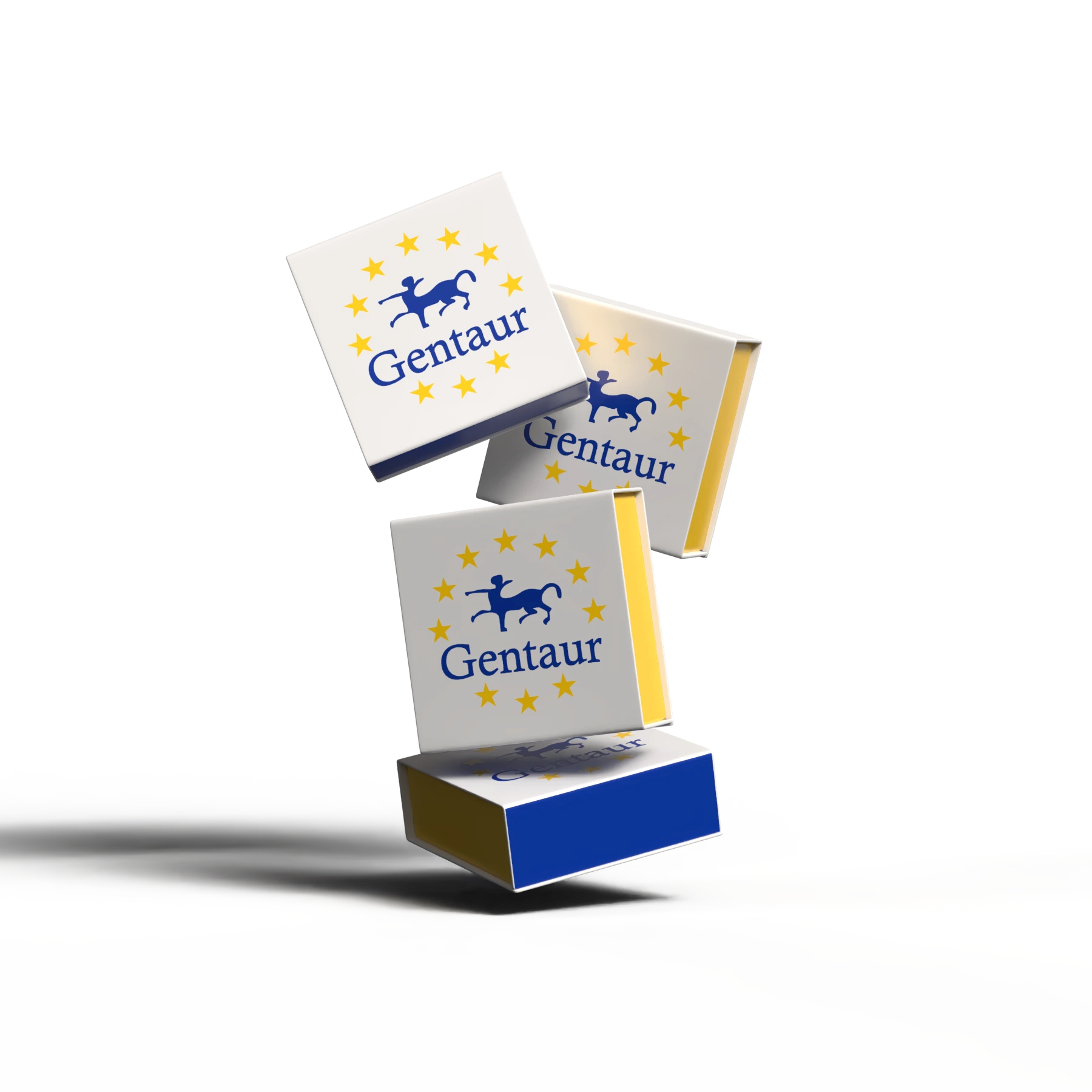Anti-GPCR RDC1/CXCR-7/ACKR3 Antibody Picoband®, Dylight550 Conjugate
CAT:
519-A02656-2-Dylight550
Size:
100 µg
Price:
Ask
- Availability: 24/48H Stock Items & 2 to 6 Weeks non Stock Items.
- Dry Ice Shipment: No

Anti-GPCR RDC1/CXCR-7/ACKR3 Antibody Picoband®, Dylight550 Conjugate
- Background: Atypical chemokine receptor 3 also known as C-X-C chemokine receptor type 7 (CXCR-7) and G-protein coupled receptor 159 (GPR159) is a protein that in humans is encoded by the ACKR3 gene. This gene encodes a member of the G-protein coupled receptor family. Although this protein was earlier thought to be a receptor for vasoactive intestinal peptide (VIP), it is now considered to be an orphan receptor, in that its endogenous ligand has not been identified. The protein is also a coreceptor for human immunodeficiency viruses (HIV). Translocations involving this gene and HMGA2 on chromosome 12 have been observed in lipomas.
- Description: Boster Bio Anti-GPCR RDC1/CXCR-7/ACKR3 Antibody Picoband® catalog # A02656-2. Tested in Flow Cytometry, IHC, WB applications. This antibody reacts with Human. The brand Picoband indicates this is a premium antibody that guarantees superior quality, high affinity, and strong signals with minimal background in Western blot applications. Only our best-performing antibodies are designated as Picoband, ensuring unmatched performance.
- Synonyms: Dermatopontin; Tyrosine-rich acidic matrix protein; TRAMP; DPT
- Gene Name: dermatopontin
- Gene ID: 57007
- UniProt: P25106
- Host: Rabbit
- Reactivity: Human
- Cross Reactivity: No cross-reactivity with other proteins.
- Immunogen: A synthetic peptide corresponding to a sequence at the C-terminus of human GPCR RDC1/CXCR-7/ACKR3, identical to the related mouse and rat sequences.
- Clonality: Polyclonal
- Tissue Specificity: Expressed in fibroblasts, heart, skeletal muscle, brain and pancreas. Expressed at an intermediate level in lung and kidney, and at a low level in liver and placenta. Expressed at a lower level in fibroblasts from hypertrophic scar lesional skin and in fibroblasts from patients with systemic sclerosis than in normal skin fibroblasts.
- Applications: Flow Cytometry,IHC,WB
- Purification: Immunogen affinity purified.
- Concentration: Adding 0.2 ml of distilled water will yield a concentration of 500 μg/ml.
- Form: Lyophilized
- Reconstitution: Adding 0.2 ml of distilled water will yield a concentration of 500 μg/ml.
- Function: Seems to mediate adhesion by cell surface integrin binding. May serve as a communication link between the dermal fibroblast cell surface and its extracellular matrix environment. Enhances TGFB1 activity. Inhibits cell proliferation. Accelerates collagen fibril formation, and stabilizes collagen fibrils against low-temperature dissociation (By similarity).
- Components: Each vial contains 4 mg Trehalose, 0.9 mg NaCl, 0.2 mg Na2HPO4.
- References & Citations: 1. Berahovich, R. D., Zabel, B. A., Penfold, M. E. T., Lewen, S., Wang, Y., Miao, Z., Gan, L., Pereda, J., Dias, J., Slukvin, I. I., McGrath, K. E., Jaen, J. C., Schall, T. J. CXCR7 protein is not expressed on human or mouse leukocytes. J. Immun. 185: 5130-5139, 2010. 2. Boldajipour, B., Mahabaleshwar, H., Kardash, E., Reichman-Fried, M., Blaser, H., Minina, S., Wilson, D., Xu, Q., Raz, E. Control of chemokine-guided cell migration by ligand sequestration. Cell 132: 463-473, 2008. 3. Burns, J. M., Summers, B. C., Wang, Y., Melikian, A., Berahovich, R., Miao, Z., Penfold, M. E. T., Sunshine, M. J., Littman, D. R., Kuo, C. J., Wei, K., McMaster, B. E., Wright, K., Howard, M. C., Schall, T. J. A novel chemokine receptor for SDF-1 and I-TAC involved in cell survival, cell adhesion, and tumor development. J. Exp. Med. 203: 2201-2213, 2006.
- Storage Conditions: At -20℃ for one year from date of receipt. After reconstitution, at 4℃ for one month. It can also be aliquotted and stored frozen at -20℃ for six months. Avoid repeated freezing and thawing.
- Calculated Molecular Weight: 33310 MW
- Observed Molecular Weight: 41 kDa
- Fragment: Rabbit IgG
- Applications Notes: Western blot, 0.25-0.5 μg/ml, Human
Immunohistochemistry(Paraffin-embedded Section), 2-5 μg/ml, Human
Flow Cytometry (Fixed), 1-3 μg/1x106 cells, Human - Subcellular Location: Secreted, extracellular space, extracellular matrix.
